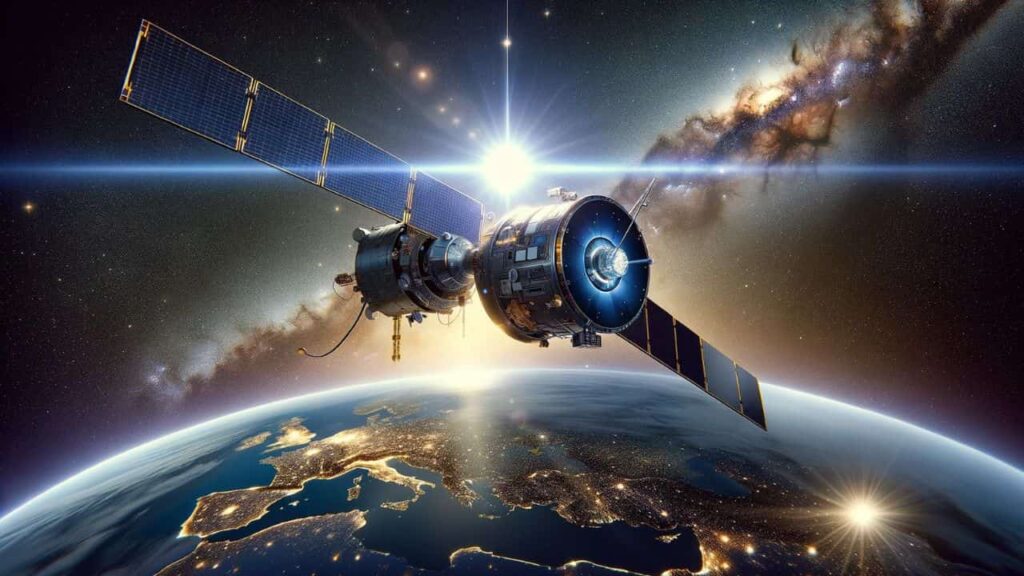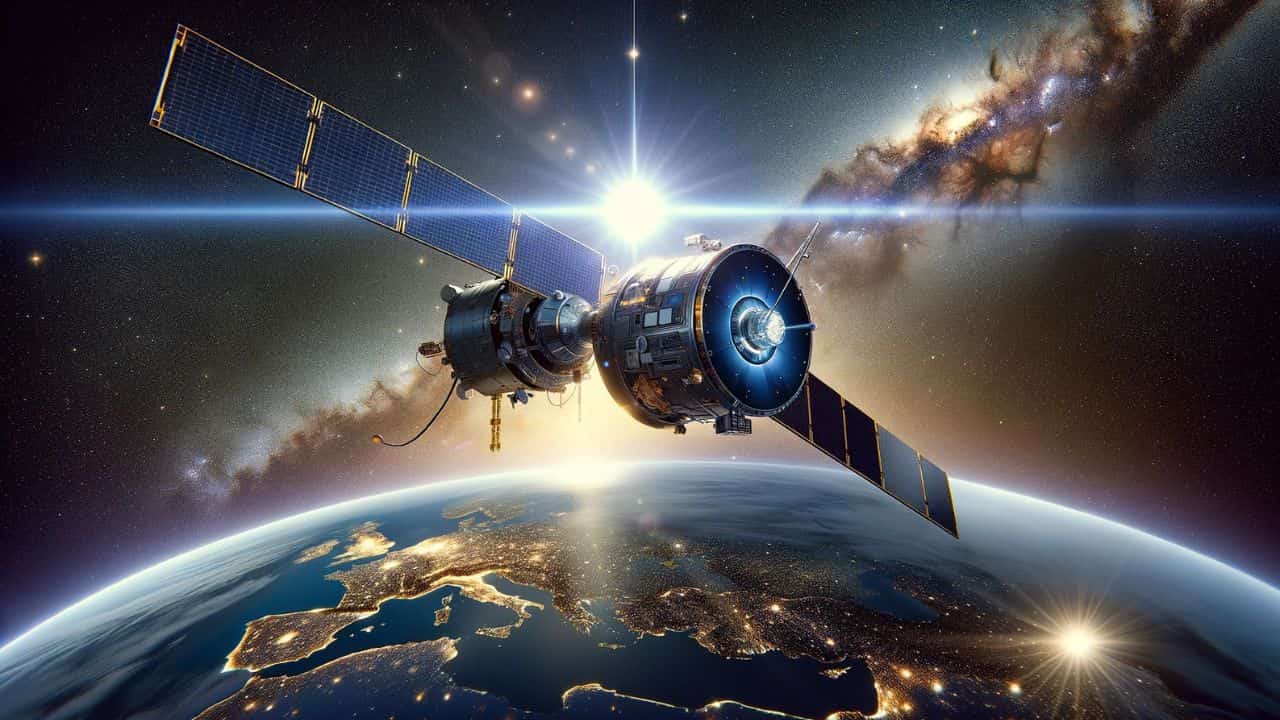NASA, UVEX mission, Ultra Violet Explorer, astrophysics, space mission, 2030 launch, cosmic evolution, ultraviolet light, space telescopes, stellar explosions, gravitational waves, universe mapping, Astrophysics Medium-Class Explorer
NASA UVEX Mission- The National Aeronautics and Space Administration (NASA) has recently unveiled its plans for the next significant leap in astrophysics research with the selection of its newest Astrophysics Medium-Class Explorer mission. Named the Ultra Violet Explorer (UVEX), this ambitious project is set to embark on an unparalleled journey in 2030, aiming to conduct an exhaustive all-sky survey in ultraviolet light. The mission’s primary goal is to deepen our understanding of the evolutionary processes of stars and galaxies, shedding light on cosmic phenomena that have long intrigued scientists and astronomers worldwide.

NASA UVEX Mission UVEX: A Gateway to Cosmic Revelations
At the heart of UVEX’s mission is its advanced design, meticulously engineered to swiftly orient itself towards sources of ultraviolet light. This agility is crucial for capturing the transient yet violent cosmic events that punctuate the universe, such as the explosive aftermaths following the merger of neutron stars. These cataclysmic occurrences, often accompanied by gravitational waves, offer invaluable insights into the fabric of space-time and the extreme conditions that govern the cosmos.
Furthermore, UVEX will be equipped with a cutting-edge ultraviolet spectrograph, a tool designed to dissect the light from massive stars and stellar explosions. Through this analysis, scientists hope to uncover the intricacies of stellar life cycles and the mechanisms behind their explosive demises.
A Vision Shared by Nicola Fox
Nicola Fox, the Associate Administrator of the Science Mission Directorate at NASA Headquarters, emphasized the mission’s significance in a statement released on February 13. According to Fox, UVEX is not just another space observatory; it is a pivotal addition to NASA’s fleet of space telescopes that promises to expand our capabilities in both near-and far-ultraviolet observation. “This mission will deliver a treasure trove of survey data,” Fox remarked, “paving new pathways in our quest to unravel the cosmos’s secrets.”
Collaborative Efforts and Cosmic Mapping
UVEX’s mission is set against the backdrop of a broader astronomical endeavor to map the universe across various light wavelengths. In collaboration with other ongoing and forthcoming space survey missions, such as the European Space Agency’s Euclid and NASA’s own Nancy Grace Roman Space Telescope, UVEX will contribute significantly to our holistic understanding of the universe. Mark Clampin, Director of the Astrophysics Division at NASA Headquarters, highlighted the telescope’s role in addressing one of astrophysics’ primary objectives: observing the ephemeral changes within the cosmos.

Mission Logistics and Leadership
Scheduled for a 2030 launch, UVEX has encountered a slight postponement, attributed to budgetary constraints, extending its timeline by two years. Despite this delay, the mission’s anticipation within the scientific community remains undiminished. With a primary mission duration of two years, UVEX will be under the scientific guidance of Fiona Harrison, a renowned astronomer from the California Institute of Technology in Pasadena. Collaborative partners include the University of California at Berkeley, Northrop Grumman, and the Space Dynamics Laboratory, with the mission’s budget set at approximately $300 million, exclusive of launch costs.
The Legacy of the Explorers Program
UVEX is the latest endeavor under NASA’s Explorers Program, a testament to the agency’s commitment to providing frequent, cost-effective access to space for principal investigator-led scientific investigations. As the oldest continuous program within NASA, the Explorers Program has been at the forefront of space exploration, facilitating groundbreaking research and discoveries that have expanded our understanding of the universe.
Conclusion
As we look forward to the launch of UVEX, it’s clear that NASA’s vision for the future of astrophysics is not only ambitious but also meticulously planned. By harnessing the power of ultraviolet light to explore the cosmos, UVEX is poised to unlock new realms of knowledge, offering unprecedented insights into the dynamic and ever-changing universe that surrounds us.
Other Links-
